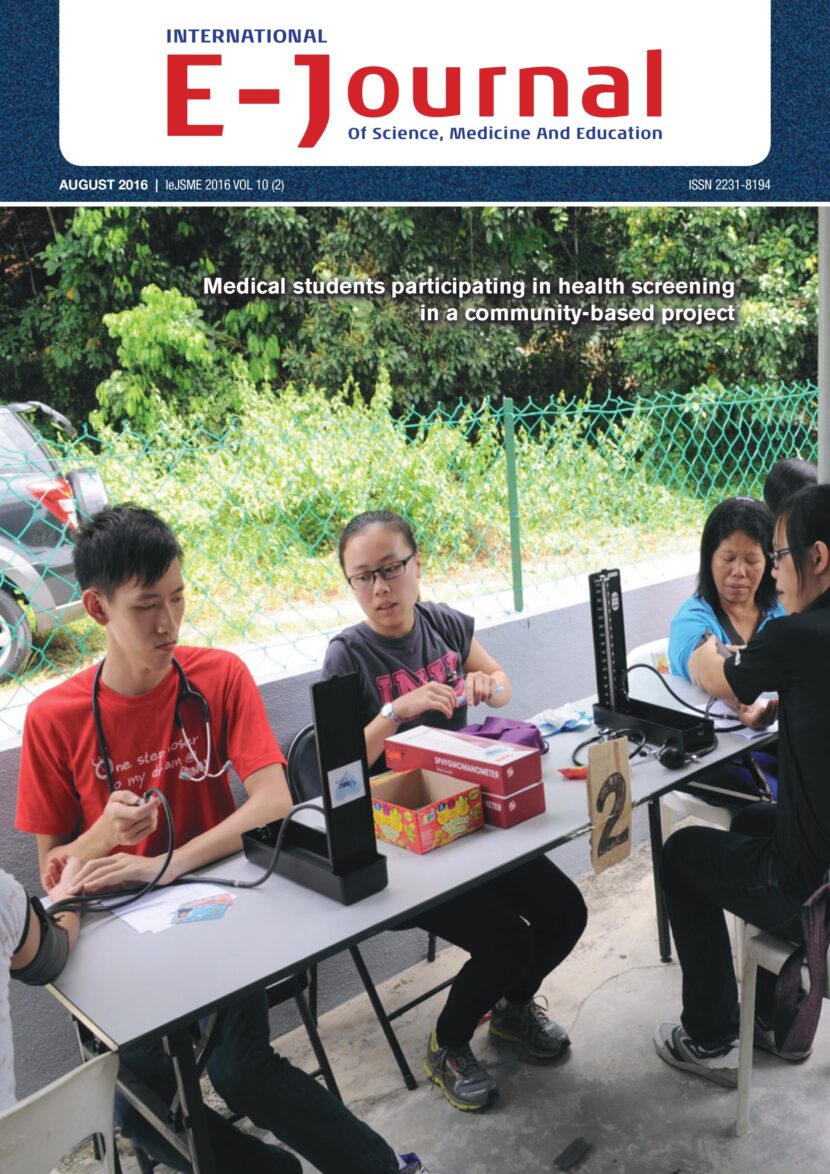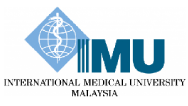Dietary fibre and total fluid intakes are inversely associated with risk of constipation in Malaysian adolescents, adults and the elderly
Authors: Tony Kock Wai Ng, Yu Tang Jia, Yip Onn Low, Loo Zheng Wei Yeoh, Cai Li Gan.
ABSTRACT
Introduction: Dietary fibre (DF) and fluid intakes have been reported elsewhere to reduce the risk of constipation. The association of these dietary components on Agachand’s Constipation Score (CS) was investigated in the present study.
Methods: A total of 202 Malaysian participants comprising 50 adolescents (aged 12.4 ± 5.3 yrs), 50 adults (aged 46.3 ± 11.3 yrs), 52 women of child-bearing age (aged 29.1 ± 9.3 yrs) and 50 elderly persons (aged 70.0 ± 7.4 yrs) were recruited by convenience sampling from five venues – two communities in Cheras, one community in Klang, the IMU campus, Bukit Jalil and a private secondary school in Klang. All participants were interviewed with a previously-evaluated food frequency questionnaire (FFQ) and an Agachand’s Constipation Score (CS) Questionnaire.
Results: Mean daily DF intakes were low across all age groups with means ranging from 10.0 – 15.6g. The percentage of subjects with daily DF intakes below the “deficient” cut-off of 20g was alarmingly high; 80% in adolescents, 45% in adults, 85% in women of child-bearing age and 70% in the elderly. About one-fifth or 20% of subjects in all age groups had CS values ≥15 which indicated a problem of constipation. Mean daily total fluid consumption (TFC) ranged from 2128 – 5490 ml in the four categories of subjects. Overall, both daily DF intakes and TFC were negatively associated with CS values. This inverse association was significant for DF vs CS scores in adolescents (r = -0.500, p = 0.001), adults (r = -0.351, p = 0.013), the elderly (r = -0.392, p = 0.005) and all subjects combined (r = -0.366, p=0.001). For TFC vs CS scores, the inverse association was only significant for the elderly (r = -0.312, p = 0.027) and all subjects combined (r = -0.245, p = 0.001).
Conclusion: The results of this study support the role of dietary fibre intake and TFC in reducing the risk of constipation, as well as reinforcing previous data for low DF intakes among the Malaysian population.
Keywords: Dietary fibre, fluid consumption, constipation score.
Citation: IeJSME 2016 10(1): 17-23


